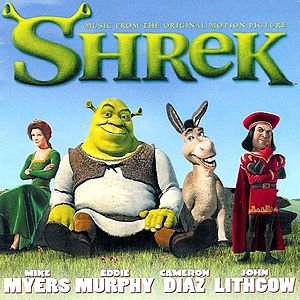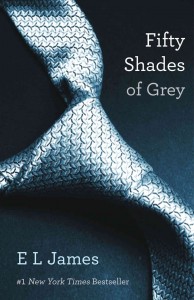From music to poetry and prose, the practice of artists sampling other artists’ work is nothing new.

When a song tops the Billboard charts, it is only a matter of time before it gets chewed up and spat back out in some variant form. The Monkees’ 1966 number one hit “I’m a Believer” was given new life in Smash Mouth’s early-2000’s rendition, featured in the movie Shrek. (I’m ashamed to say that for a long time I was unaware that this wasn’t originally Smash Mouth’s song). In 2009, American rapper Flo Rida produced his number one single “Right Round,” which was more than loosely based on the 80’s pop hit “You Spin Me Round (Like a Record)” by the British group Dead or Alive.
Similarly, popular books are often rewritten in various iterations. The old adage “if you build it, they will come” is never more true than in the case of literary franchises—if there is money to be made or fame to be had, there will be someone willing to make a remix or parody of a written work.
As explained by Chauncey Baker in a previous Snopes blog post, literary pastiche sometimes takes the form of “fan fiction.” Popular books are given new life, thereby generating new sales; the Twilight series becomes Fifty Shades of Grey one, two, and three, as well as Nightlight: A Parody, New Moan, etc. In a quest to fill the ever-expanding “paranormal romance” genre (aka vampire novels), Wuthering Heights becomes Wuthering Bites and Jane Eyre becomes Jane Slayre.
 Beyond basic fan fiction, however, and more interesting still (in my opinion) are parodies of parodies. Itself a parody, Fifty Shades of Grey has morphed into its own franchise and spun in a multitude of directions, including Fifty Shades of Mr. Darcy, Fifty Shades of Alice in Wonderland, Fifty Shames of Earl Grey, Fifty Shades of Pink (complete with sparkles and unicorns!), A Coupla Shades of Taupe, and—my personal favorite—Fifty Shades of Chicken (a cookbook). Many of these seem to me like they’d be a stretch, at best…realistically, how big could the market for these books be? And yet no one would write them if the readers weren’t out there.
Beyond basic fan fiction, however, and more interesting still (in my opinion) are parodies of parodies. Itself a parody, Fifty Shades of Grey has morphed into its own franchise and spun in a multitude of directions, including Fifty Shades of Mr. Darcy, Fifty Shades of Alice in Wonderland, Fifty Shames of Earl Grey, Fifty Shades of Pink (complete with sparkles and unicorns!), A Coupla Shades of Taupe, and—my personal favorite—Fifty Shades of Chicken (a cookbook). Many of these seem to me like they’d be a stretch, at best…realistically, how big could the market for these books be? And yet no one would write them if the readers weren’t out there.
Why are we, as readers, so drawn to works that closely imitate other works? Do we value parodies as literary works in their own right? Or are we merely creatures of habit who are more comfortable with tried-and-true plotlines than original compositions? More to the point: is it even possible to still compose a truly original composition, or have all the “good ideas” been used up? Although parodies seem to catch a lot of flak (in spite of its shocking success, you’re apt to hear at least 5 people criticizing Fifty Shades for every one person who likes it), they also carry an undeniable appeal. Personally, I love a good parody. Last year, I bought my nephew Goodnight Moon…along with the more contemporary version, Goodnight iPad for Christmas. My brother and sister-in-law have also introduced me to Go the F**k to Sleep, a charming and hilarious just-for-adults parody of a typical children’s bedtime story. I am even the proud owner of a parody volume entitled Twitterature, in which literary classics (think Shakespeare, Salinger, Byron, Dostoyevsky) are told in a series of twenty (or fewer) tweets, each under 140 characters.
I’d love to hear your thoughts regarding any of the parodies above, or even parodies in general. Do you love literary parodies, or do you love to hate them? Do you have a favorite? Leave a response in the comments below!

